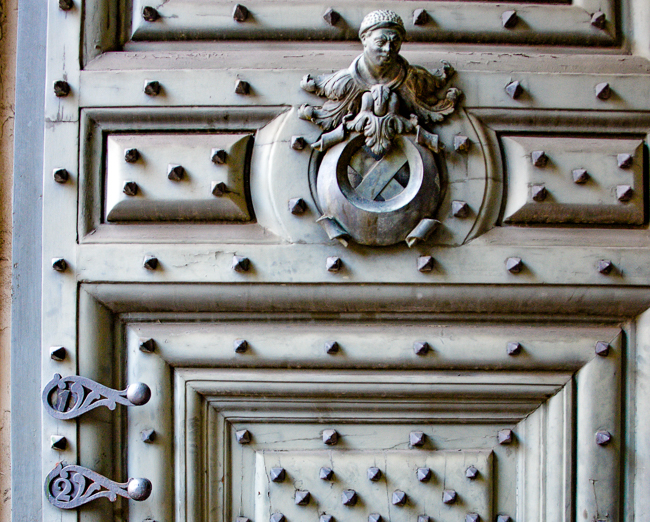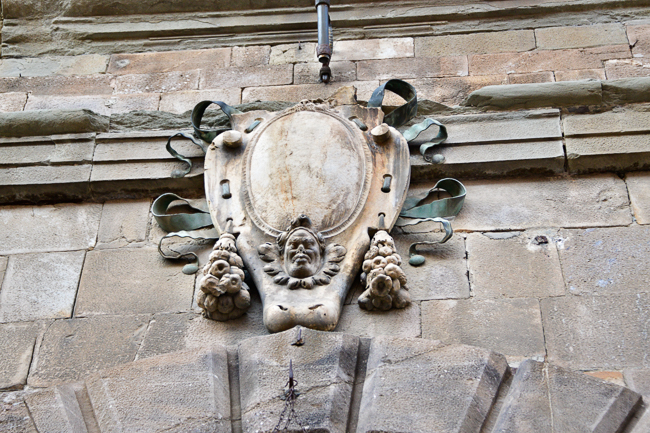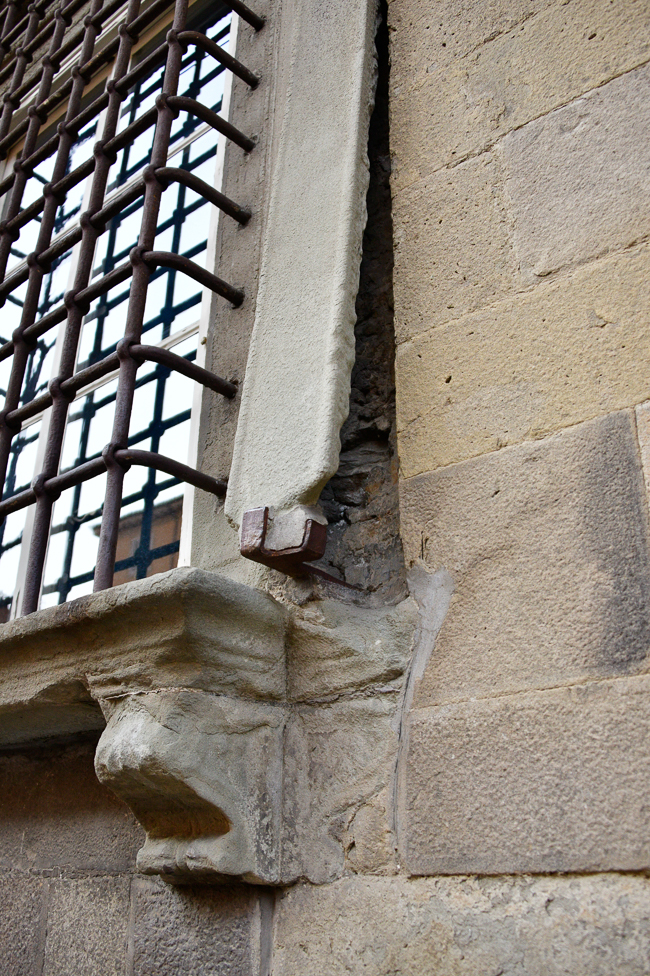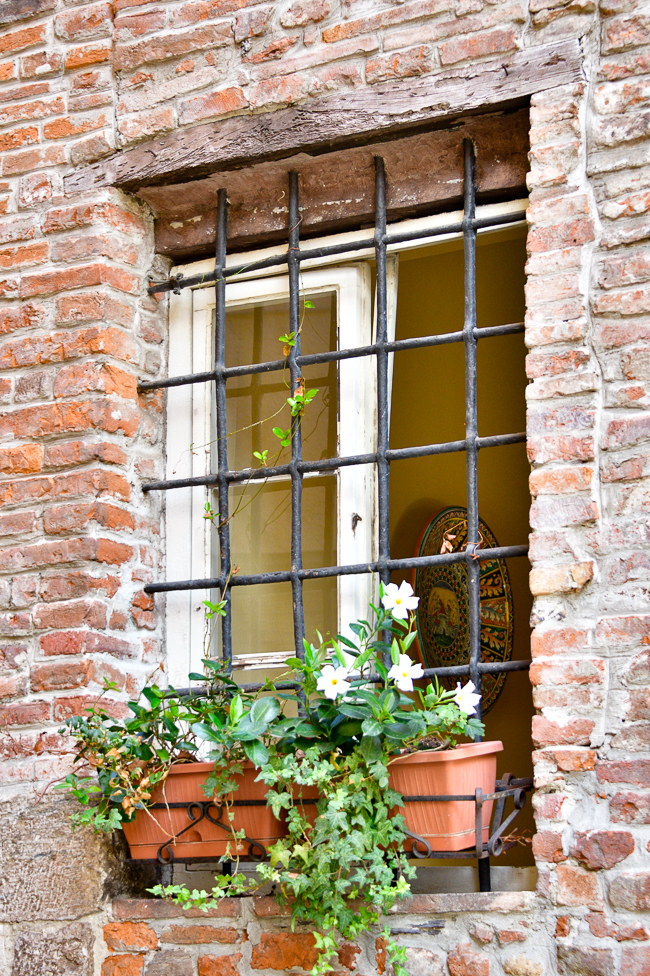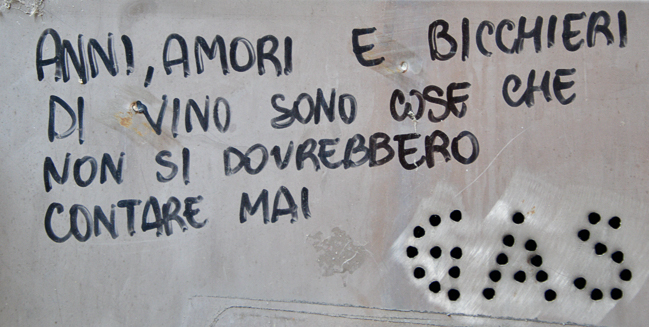November 2022
At one time Lucca had as many as 30,000 people living in its downtown behind the walls, once cars were banned that population dropped precipitously. It is growing back but is still nowhere near its original numbers.
Lucca has always been a wealthy area, as has all of Florence. During the early 20s, it experienced an era of Art Nouveau and Art Deco, as did so many European cities of the time. There are vestiges of this era that can still be found on many of the storefronts. The storefronts are protected by the government, but sadly their history is lost.
This very old café was originally known as the Antico Café del Caselli. Later on, it was renamed Cafè Di Simo It was frequented by Giacomo Puccini and many other foreign artists. It closed 15 years ago due to the high rents in the area.
The Galliani store dates back to the early 1900s and retains all of its aesthetic and architectural character from those years.
*
The Lucca Anfiteatro was once a Roman amphitheater with about 10,000 seats. In Roman times the amphitheater was used for performances, such as gladiator fights and chariot races. Later, the arena served as the city’s warehouse for salt, and even as a prison. It did then, and sometimes does now, serves as a marketplace.
The present Piazza dell’Anfiteatro maintained the original old oval shape from the 2nd century CE. In the middle ages, houses were built over the amphitheater.
Sitting in front of the Music Academy is this statue of Luigi Boccherini. He wrote a large amount of chamber music, including over one hundred string quintets for two violins, viola, and two cellos, a dozen guitar quintets, nearly a hundred string quartets, and a number of string trios and sonatas. His orchestral music includes around 30 symphonies and 12 virtuoso cello concertos. And yet, I bet you have never even heard of him.
Of course, everyone knows Lucca-born Giacomo Puccini, and signs of his operas are all over Lucca in the names of bars and restaurants as well as walls and roll-up doors.
The Palazzo Bernardini was erected starting in 1512 for the Marchese Bernardini by the 16th-century architect Nicolao Civitali. Among the curiosity of the palace is the upward curving stone on the ground floor facade above the third window from the left. Legend has it that the stone is the pietra del diavolo (Devil’s stone). It is said that this spot once held a wall with a painted icon of the Virgin Mary, and when the Bernardini built the house in its place the devil had his say.
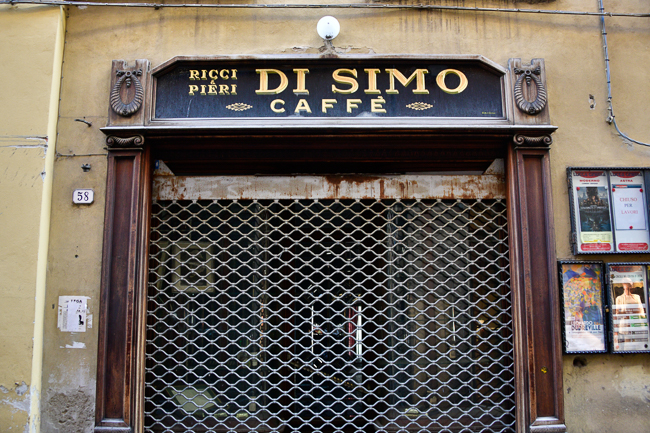
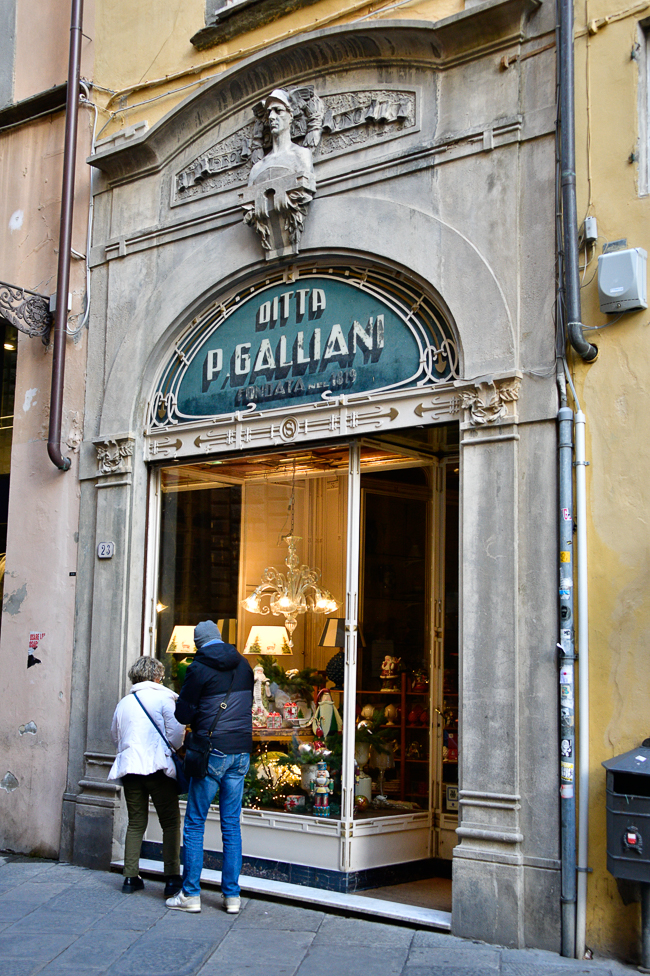
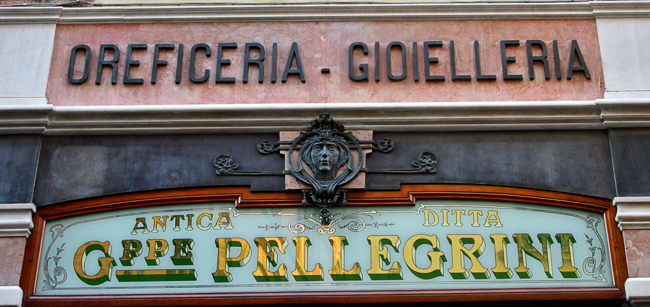
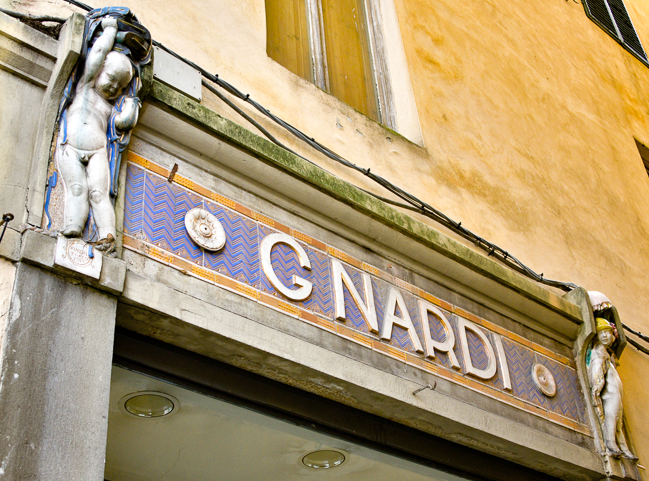
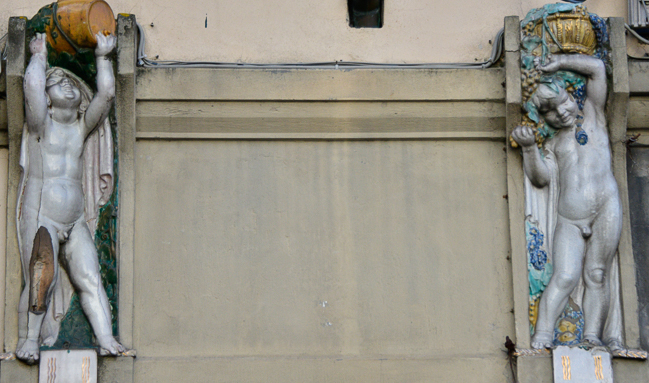
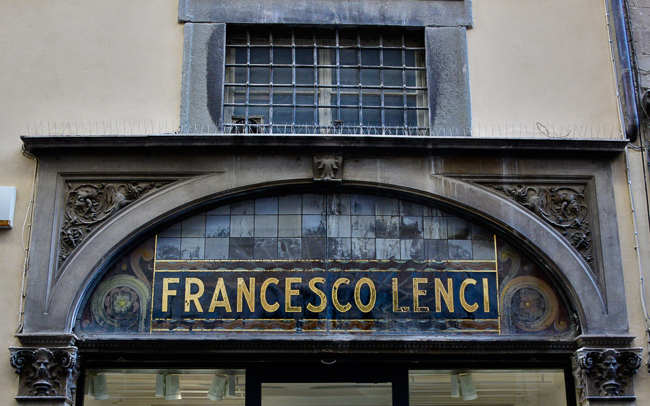
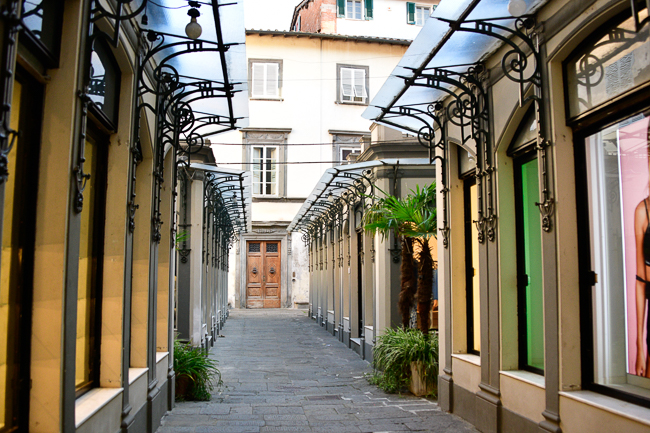

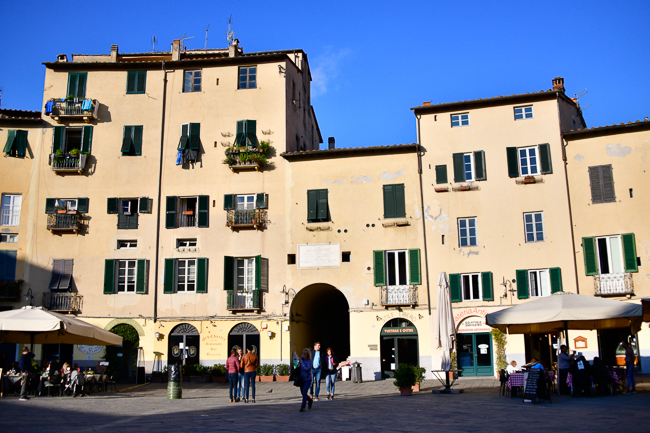
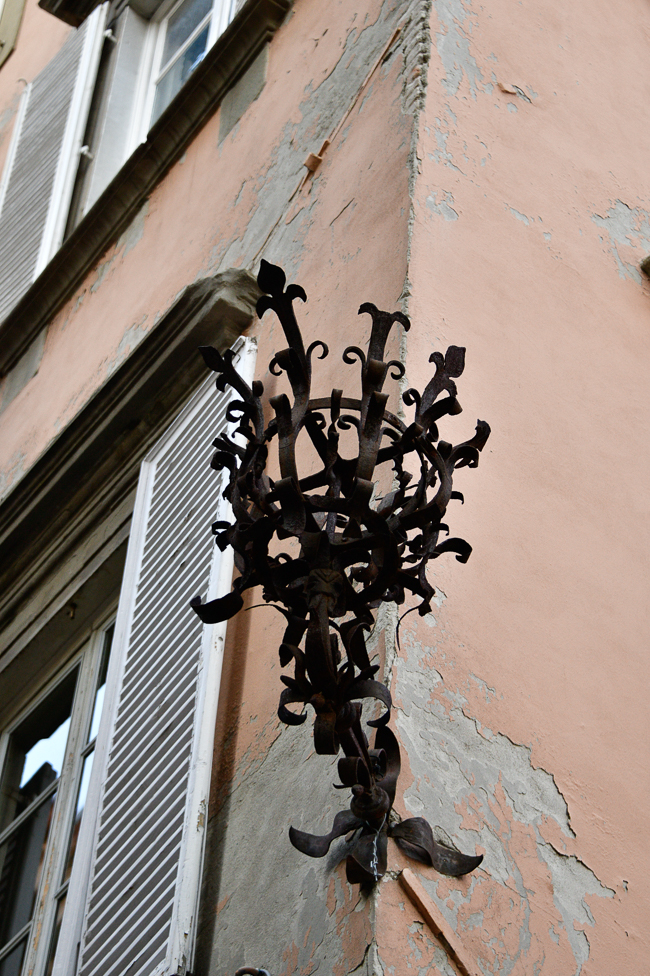
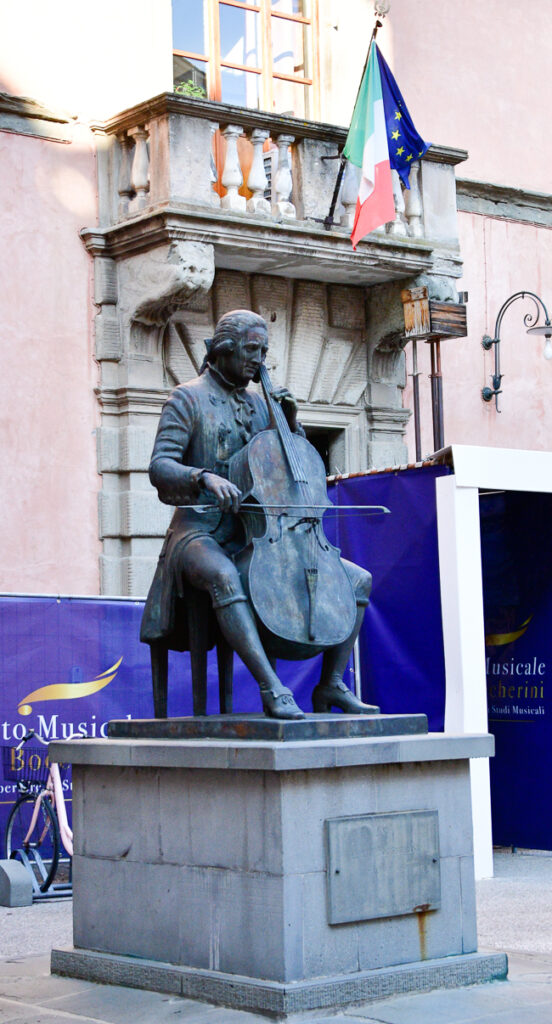
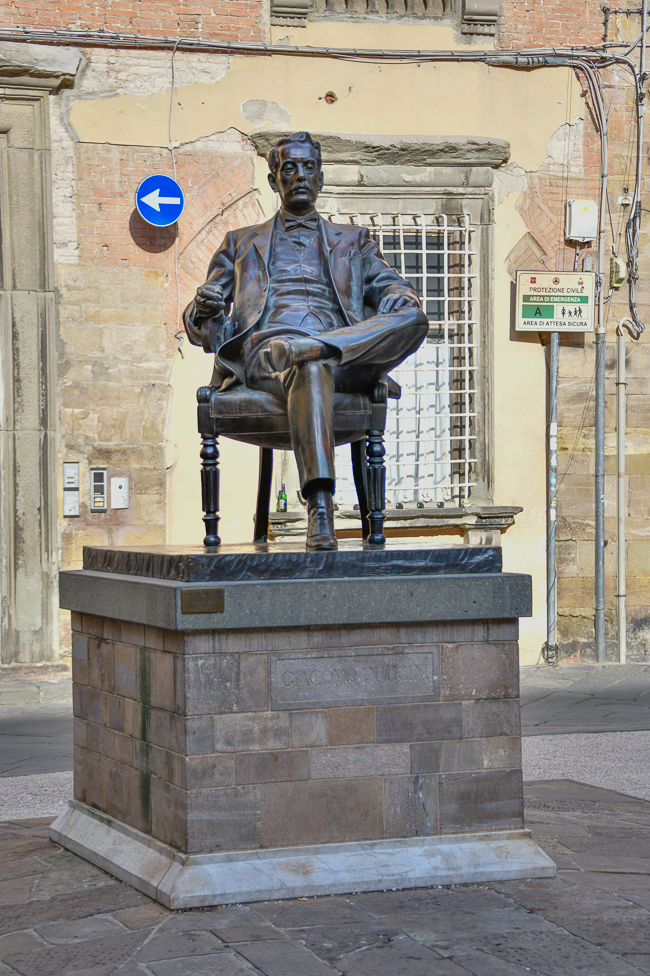
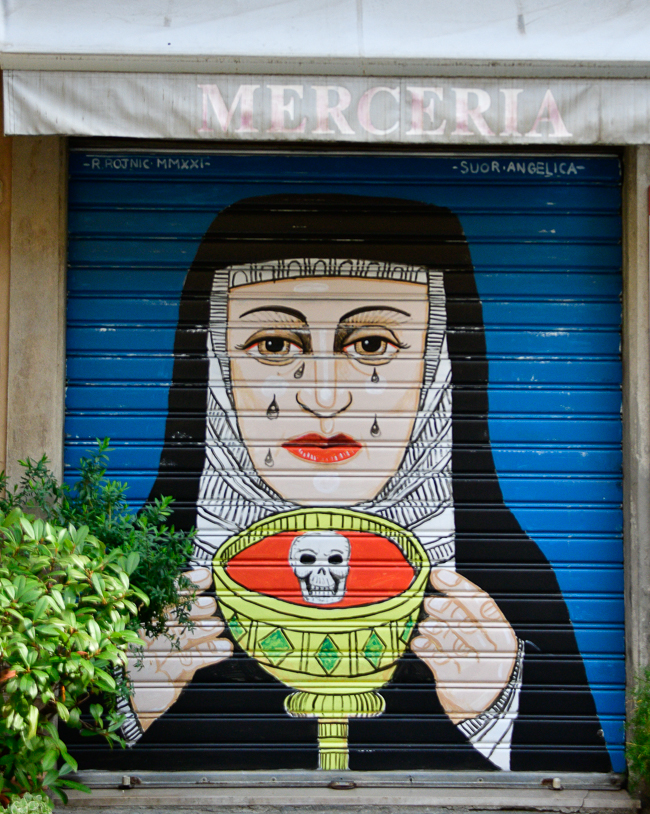 *
*